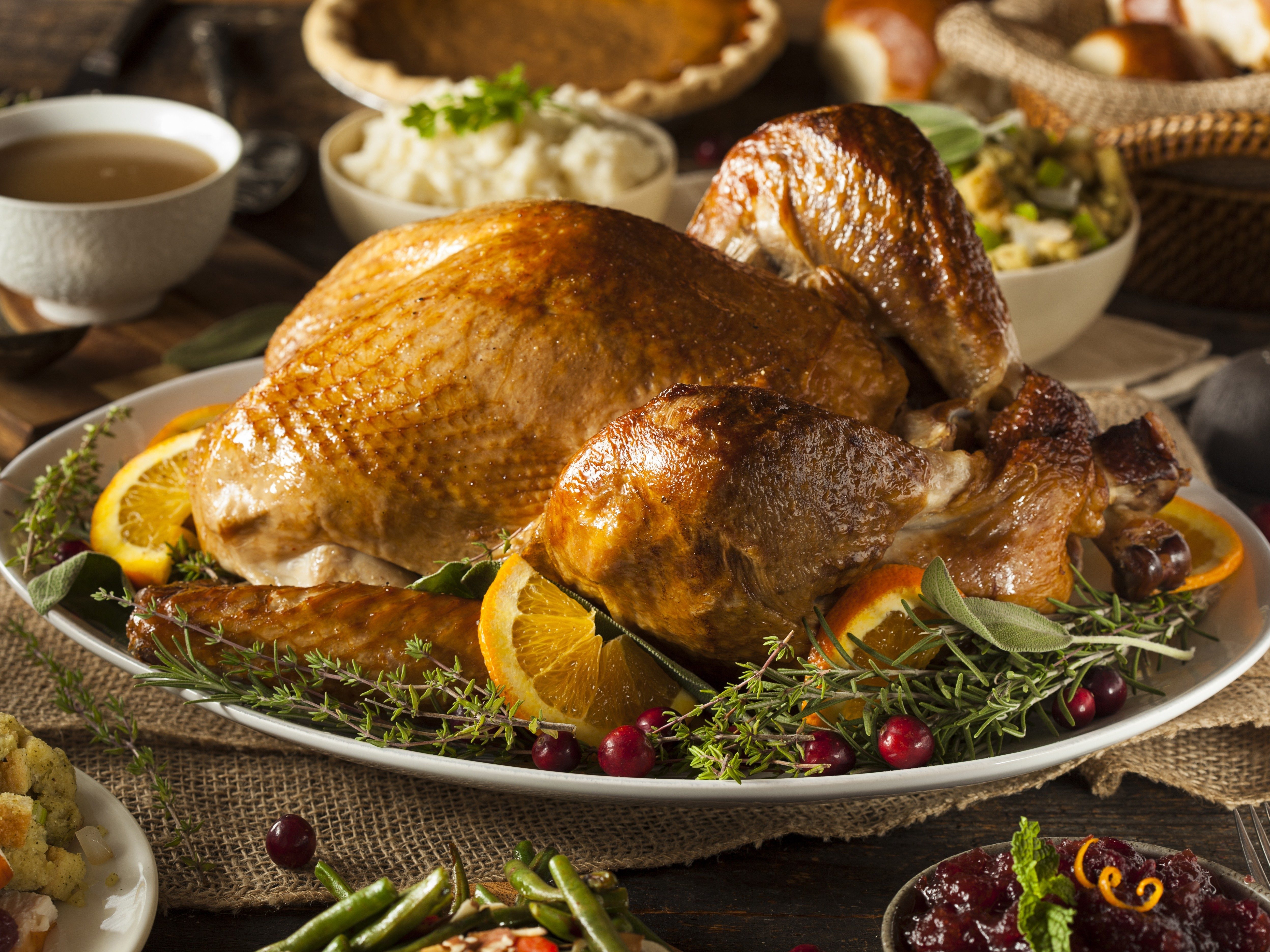
Thanksgiving Dinner Tips: Keep it Simple
Unless you’re a culinary master, trying to pull out all the stops and create every possible dish that might show up in a Hollywood-perfect Thanksgiving feast is actually a recipe for disaster. Turkey, mashed potatoes, cranberry sauce, gravy, and a simple vegetable dish such as string beans is already a feast!
If you’re cooking for guests and feeling slightly nervous, pick dishes that you’re comfortable making. If you’re trying something new, give it a practice run a few days before.
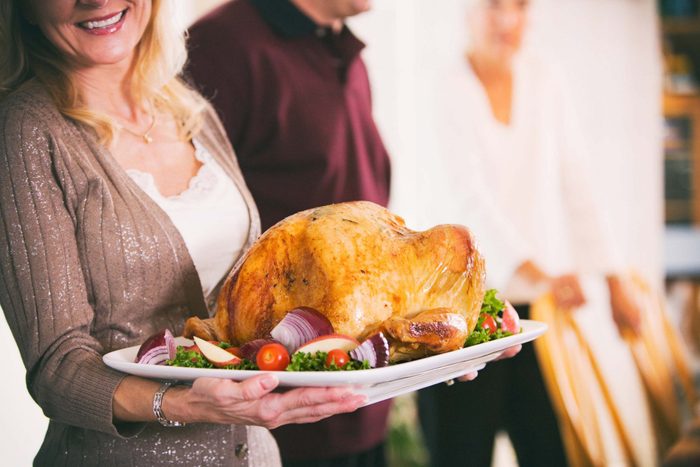
Thanksgiving Dinner Tips: Go Potluck
Even if you’re a culinary whiz, divvying up the courses is a great way of bringing a group of people together, and an opportunity to pass along culinary traditions to younger generations.
If you have young kids, you can also use it as an opportunity to give them confidence in the kitchen. Hand the mashed potato duties over to your kids and offer to be their assistant chef.
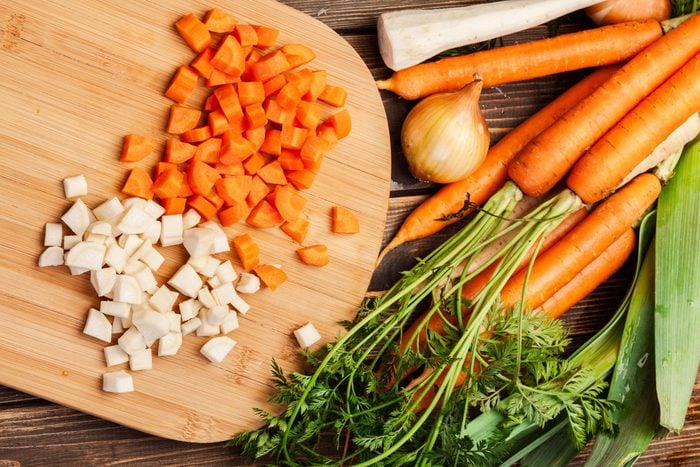
Thanksgiving Dinner Tips: Use Mise-en-Place
French for “everything in its place,” mise-en-place is the practice of prepping all the ingredients and measuring them out in advance. Making a stuffing? Dice up the celery and veggies the day before, and store them in a plastic container or plastic bag in the fridge. Using breadcrumbs? Spices? Measure them out into another bag or small container.
If you’re baking your stuffing separate from the bird – recommended for food-safety reasons – you can even stash the mise-en-place parts inside the baking pan and store the whole thing in the fridge. Then, on Thanksgiving day itself, just pull the pan out of the fridge and mix-and-go. (Tuck a copy of the recipe into the pan when you’re prepping, too!)
Repeat this for all of your dishes, and you’ve already cut the big day’s work by more than half.
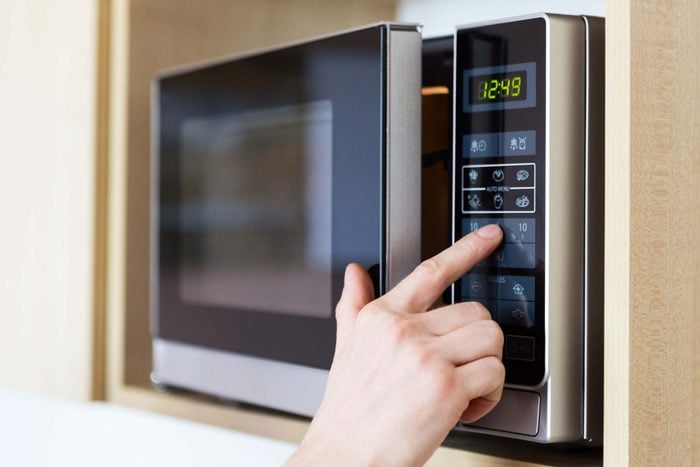
Thanksgiving Dinner Tips: Use the Microwave
Heresy, I know! But the microwave does a great job at cooking certain types of foods such as potatoes, asparagus, and string beans. Cooking starchy foods like potatoes is all about heating the starch granules up to around 180-190°F (80-90°C) for the starches to melt and then gelatinize, and popping a potato in the microwave gets it up to around 212°F (100°C)-the boiling point of water, and well above the temperatures need to cook that potato. Figure about a minute to two per potato, checking as they cook.
Throw veggies like asparagus and string beans into a microwave-safe bowl, add a few teaspoons of water, cover with plastic wrap, and microwave until the water starts to steam (approximately four to five minutes). If you want to go fancier, you can always toss the veggies into a pan and sauté them in butter or olive oil and add spices.
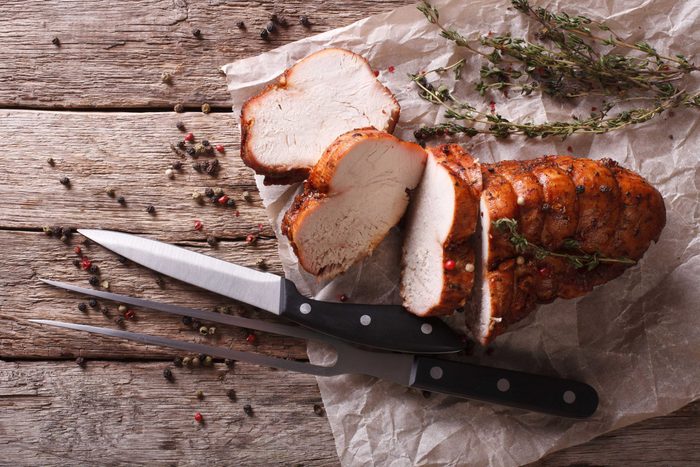
Thanksgiving Dinner Tips: Cook the Breasts Separate from the Legs
Cooking a whole turkey is a challenge for a simple reason: Turkeys don’t cook uniformly. Turkey breast meat will be finished cooking before the darker leg meat because the ratio of the types of proteins in the meats differ, and different proteins cook at different temperatures.
If you don’t mind giving up the tradition of standing at the head of the table and carving the turkey, try cooking turkey breasts and turkey legs separately. Experiment with cooking the turkey legs in a slow cooker in olive oil-they’ll come out moist and delicious after six hours-and roasting the turkey breast in the oven, just like any other type of roast.
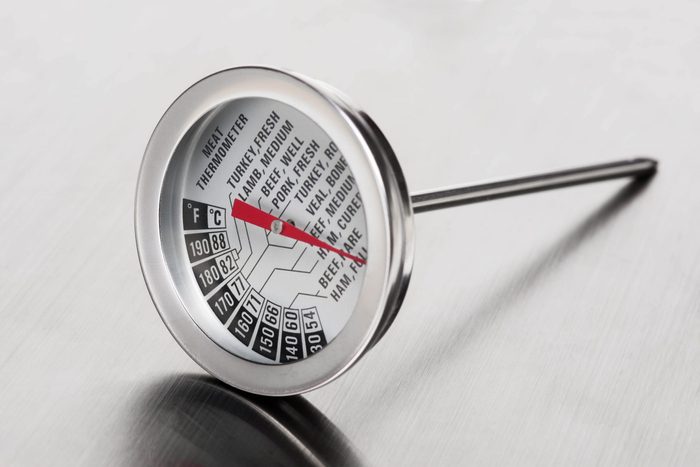
Thanksgiving Dinner Tips: Use a Thermometer
Meats are done cooking once they reach a certain temperature. Medium-rare steak, for example, is done when it hits 135-140°F (55-60°C), whether that takes 10 or 30 minutes. Experts advise cooking turkeys until the thermometer reads 165°F (75°C)-the “instant kill” temperature for any bacteria that might be present.
With care and proper hold times, you actually can safely cook turkey to lower temperatures to avoid potential dryness, but hold time becomes critical for proper pasteurization. Regardless, use a good digital probe thermometer to let you know when the turkey has reached a safe temperature.
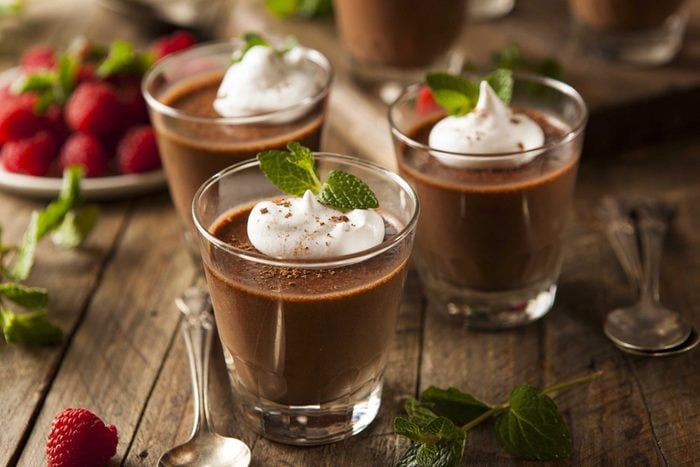
Thanksgiving Dinner Tips: Buy Your Dessert
A good bakery can turn out a great pumpkin pie for practically the same amount of money that you’d pay for the ingredients yourself. If you’re really into baking, or feel that the homemade touch is important, try making something else. Chocolate is always a winner, so why not chocolate mousse?
For more great cooking tips check out cookingforgeeks.com and Cooking for Geeks.